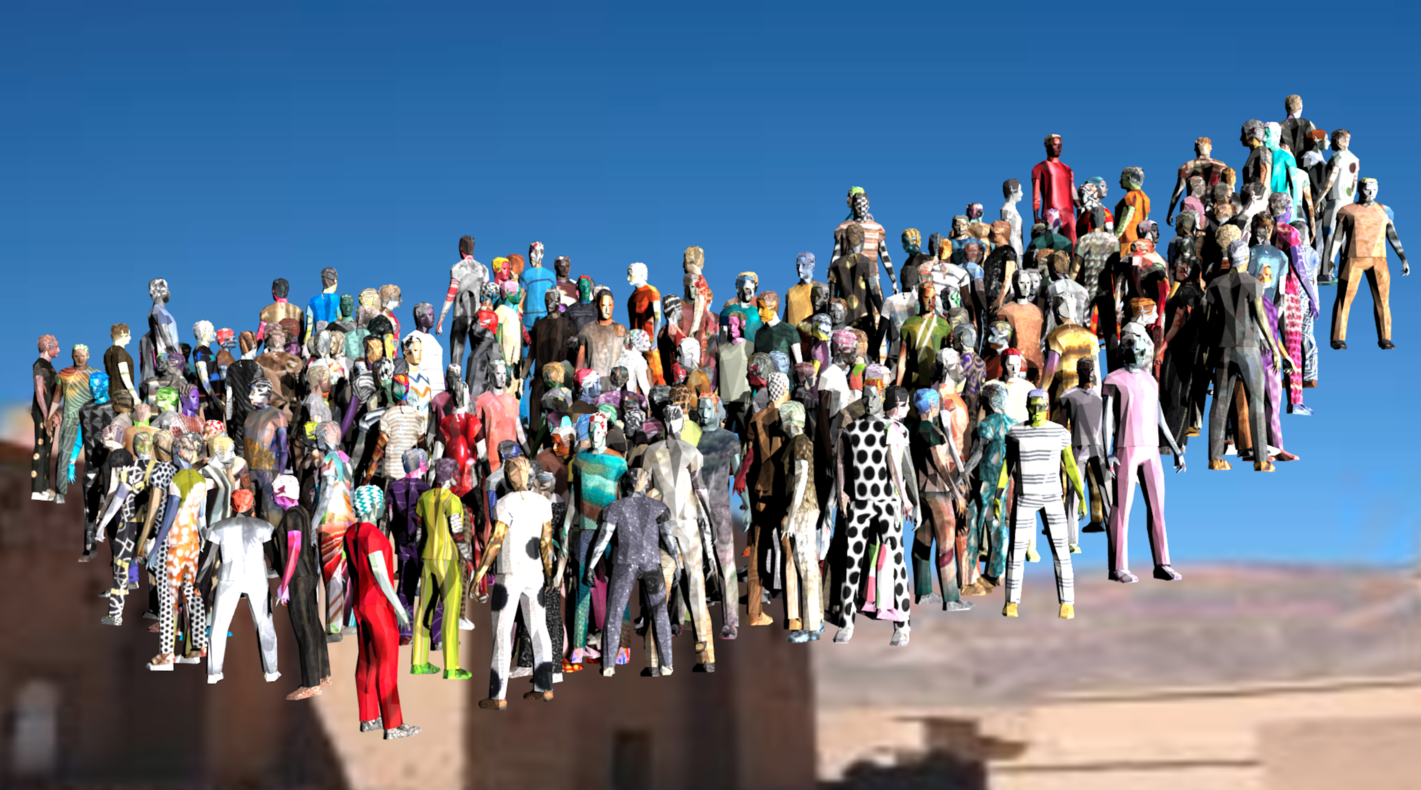Domain randomization

Domain randomization is a strategy utilized to alleviate the challenges posed by domain shift. This technique involves introducing variations in object textures, background images, and lighting conditions within a semantic segmentation task. The underlying goal of domain randomization is to generate a diverse set of synthetic data that encompasses a wide range of variations. By exposing the model to these varied environments during training, it becomes capable of perceiving real-world data as merely another variation, even if some of the synthetic variations may seem unrealistic to human observers.
